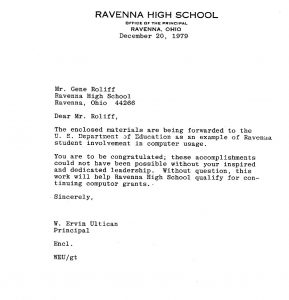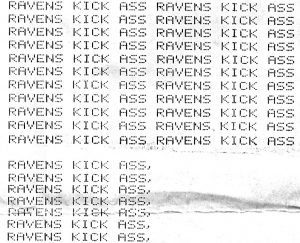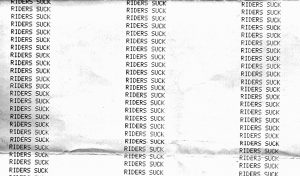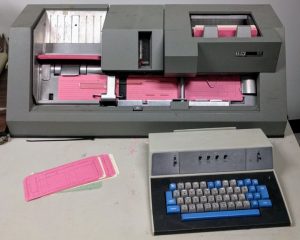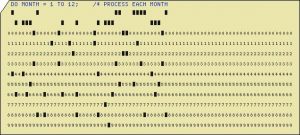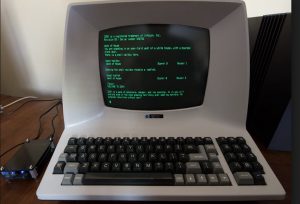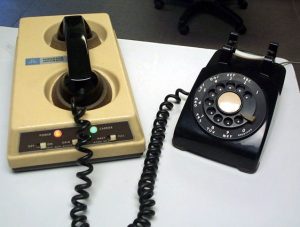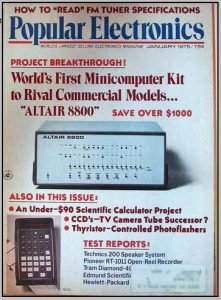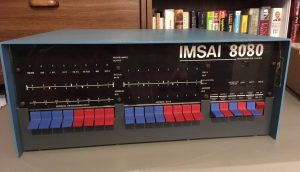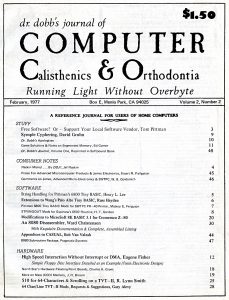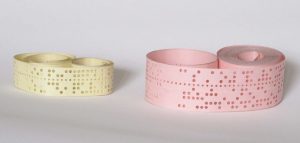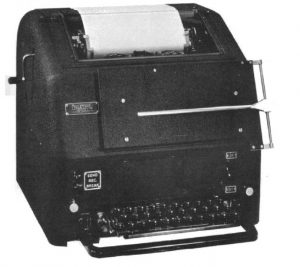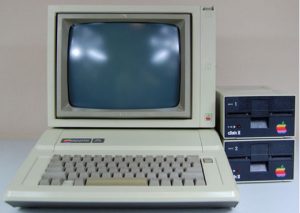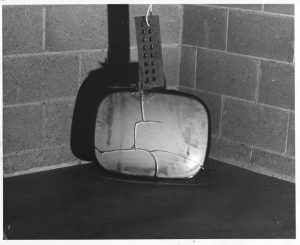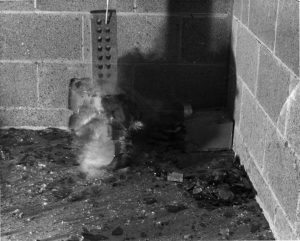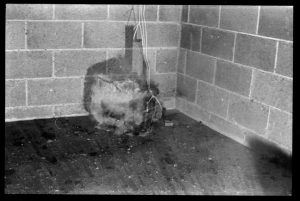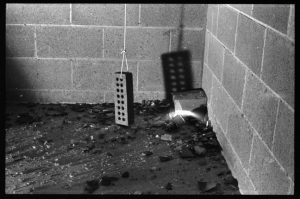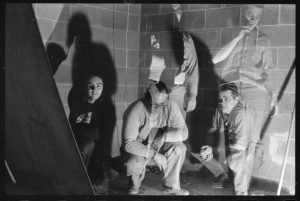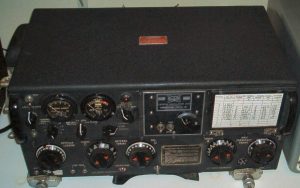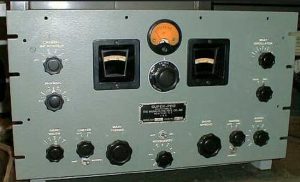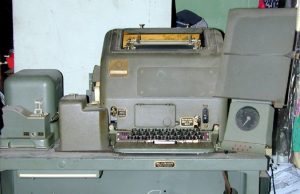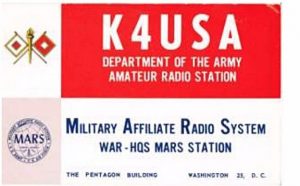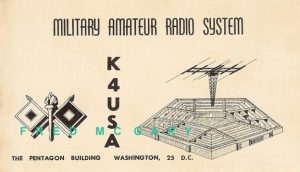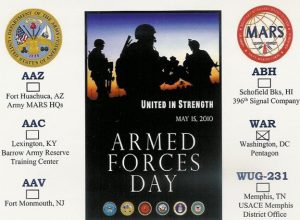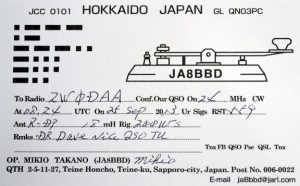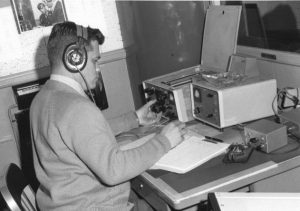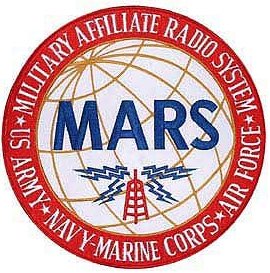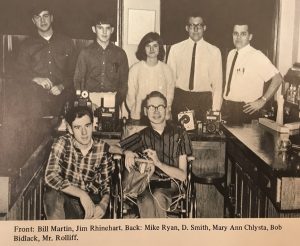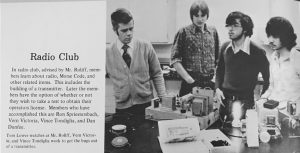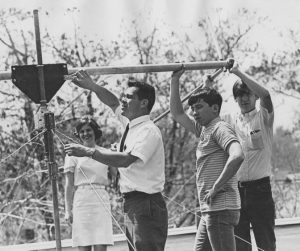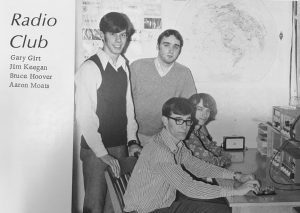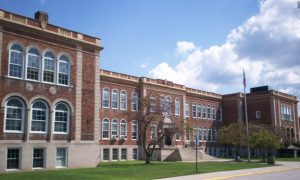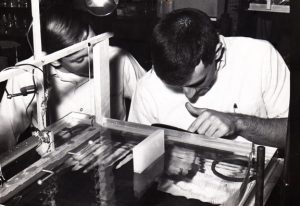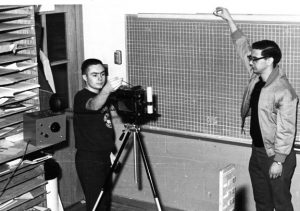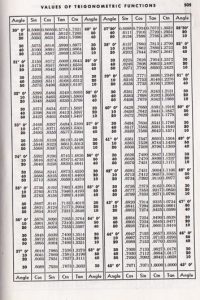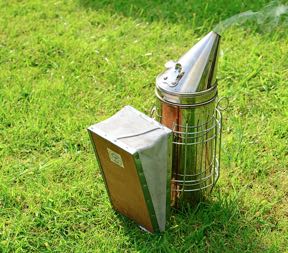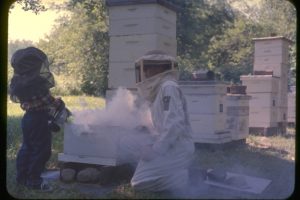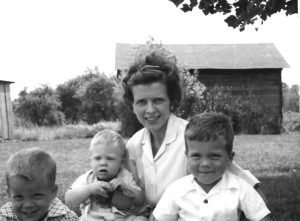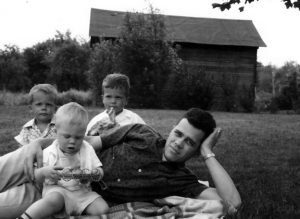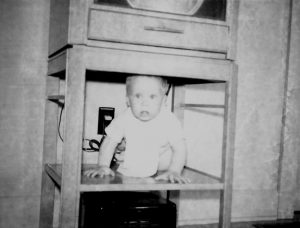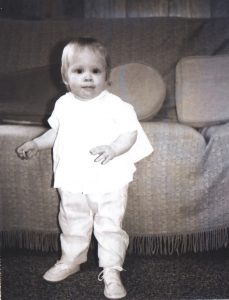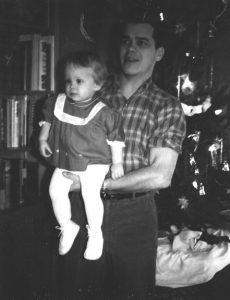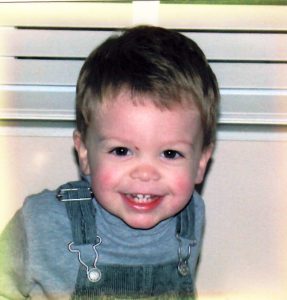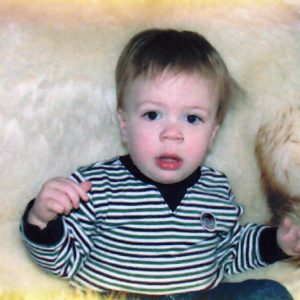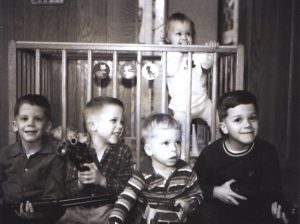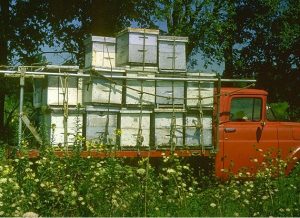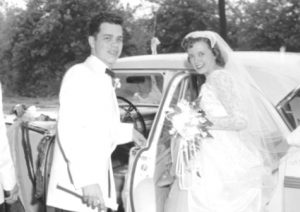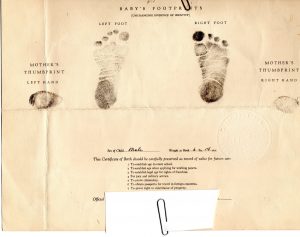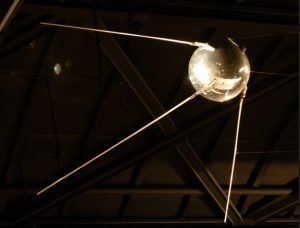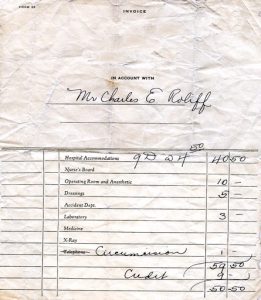As long as I can remember I have been fascinated by honeybees. My father had several colonies, and as a youth I spent hours watching the bees enter and exit the hives. Seeing the glint of sunshine on thousands of little wings, hearing the pleasant hum, experiencing the sweet aroma of nectar during a honey flow – these were pleasurable experiences for me.
On seeing my interest, Dad decided to give me all 10 of his hives, thus a new career was born. By reading and practice I learned all I could about bees and producing honey. I acquired more hives by catching swarms and buying colonies from other beekeepers who became tired of them or whose wives or neighbors objected to having those dangerous little critters in the neighborhood.

Swarms are the way that colonies propagate
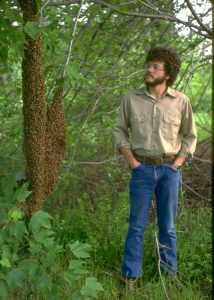
Chris checking out a huge swarm c.1975
I worked for two commercial beekeepers for free until I “learned the ropes”. The first man was good with machinery and at managing time and labor. Instead of treating each colony separately, he treated the entire location in the same way at the same time. By loading supers 5 or more to a pallet, the whole stack could be handled as a unit. (Supers are the part of the hive where the bees store honey – they weigh as much as 60 pounds each when full, and a truck load may consist of 125 or more supers). By building a pit that would put the truck bed at floor level, the heavy supers could be unloaded a stack at a time with a cart instead of being carried separately.
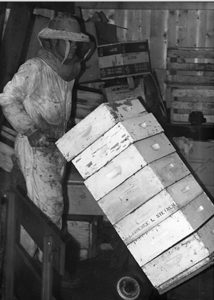
Unloading a stack of supers
This man’s operation was very efficient, but neglected many of the smaller details of beekeeping.
The other man was an old Russian immigrant. He treated each bee as an individual, and spoke to them lovingly in Russian. He was careful not to pinch or harm them in any way. When he harvested honey he would sometimes carry one frame at a time, tenderly cradling each frame in his arms. He made more honey per hive than the first man, but time and energy were used much less efficiently.
Between these two men I received a first class education in beekeeping and honey production.
It wasn’t long until I had over 300 colonies, two pole buildings, and a one ton flat-bed truck. My brother Mark also caught the fever and bought an outfit from a commercial beekeeper in another county, so we merged our efforts. We now had two trucks and over 500 colonies. We built a first class plant for processing and bottling. We could run 3 extractors at a time and were storing honey in 55 gallon drums, 700 pounds to a drum.
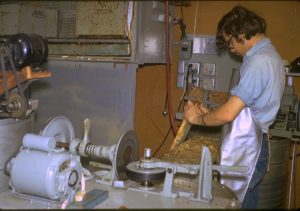
Uncapping honey
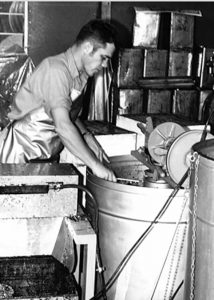
Loading an extractor
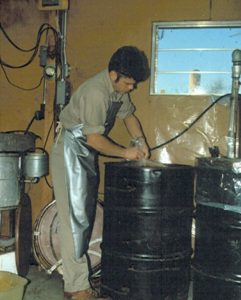
Filling drums
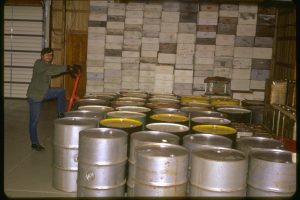
Storing honey
Most locations cannot support more than about 20 hives, so we were constantly looking for new locations to place our bees. From the commercial guys I learned that bees located in Western Ohio could bring in a large crop of clover honey during the summer. The soil there was of a limestone base due to the fact that the area had been covered by a large lake in pre-historic times, and this type of soil caused the clover blossoms to yield large amounts of nectar. At that time the western farmers rotated crops – planting sweet clover or alfalfa every third year, plowing it under to maintain the soil. These farmers were glad to provide a small space for 20 to 30 hives in return for some honey and the benefits provided by the bees.

Bees on alfalfa field in Erie County, Ohio
In some years each of my hives was producing over 100 pounds of beautiful water-white clover honey from this area – sometimes in two weeks! I was on my way to becoming a zillionairre – at least on paper.
In eastern Ohio the soil is more acid and honey is mainly made from locust and tulip tree blossoms in the spring and goldenrod and wild aster in the fall. For several years we moved bees west in the summer and east in the autumn to take advantage of all possible crops.
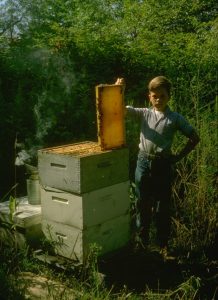
Chris with frame of aster honey
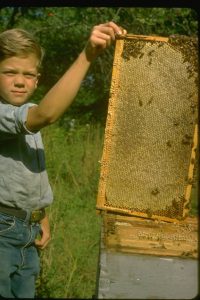
Frame of goldenrod honey c.1969
At first we moved the bees with the hive entrances open. In order to do this we had to load the bees at night and make sure we got to the new location before morning. This worked out well on cool nights. It was no fun on hot nights however, since many bees refused to go into the hives, and clustered on the outside ready to do battle. They strongly objected to being loaded onto a truck and bumped around, so they made life miserable for the beekeeper (me). They tried their best to get into my suit – often succeeding. They didn’t fly much at night, but they sure did crawl and got into the smallest places! At times they would get all over the truck bed and I would slide around in them. You haven’t lived until you’ve had thousands of angry bees trying to get into your suit and bouncing off of your veil (both inside and outside) trying to inflict punishment. You just have to keep reminding yourself that the stinger is only 1/4 inch long – the other 4 feet are just imagined!
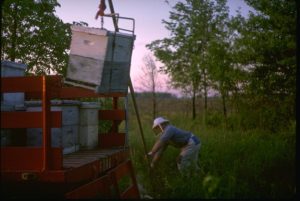
Otch using our home made loader
As long as the truck was moving the bees would hang on. We couldn’t stop for gas since many of the bees would fly up to the lights. When the truck left a gas station these bees would be left behind to harass the public and spread ill will among the station owners and customers who would sometimes call the police. To remedy this we installed saddle tanks on the trucks in order to have enough gas to reach our destination without stopping.
Later when we gained more experience, we screened the hive entrances and put screens on the tops of the hives for ventilation. This helped tremendously but it involved more work, and we had to be careful not to smother the bees. Things never fit perfectly however – there were always small holes and cracks where a few bees could exit, so we usually had some “hitch-hikers” on the outside of the load.
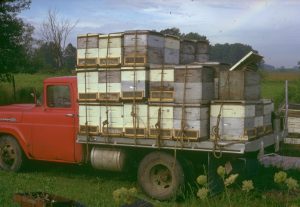
Hives with screens installed
Eventually farming practices changed in the west and farms became large and commercialized. Crops were no longer rotated. Cash crops were grown – corn, soybeans, and commercial fertilizer, or cucumbers, tomatoes, melons, and migrant workers. As a result the honey yield became smaller each year in that area, so we stopped moving bees west. We kept them closer to our home and took better care of them. This turned out to be almost as good as moving them, and avoided the hard work and hassle of trucking them distances of 150 or more miles.
The honey enterprise turned out to be a family project, and all members became involved depending on ages and abilities. We had a room in the back of the house where honey was sold, also bee supplies were sold to other beekeepers. We ran an add in the Akron paper , “Honey in your container – organic, straight from the farm”. People would bring jugs, jars, dishpans, Clorox bottles and other assorted containers to be filled. We sold tons of honey this way. Sometimes on weekends our driveway would be full of cars. We also delivered to stores, farmer’s markets, and bakeries.
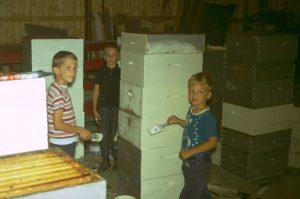
Denny, Neil, Dave painting supers
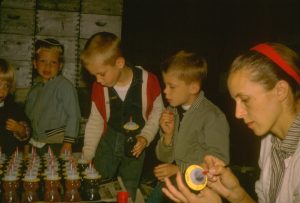
Pam, Dave, Neil, Denny, Elaine decorating honey bears
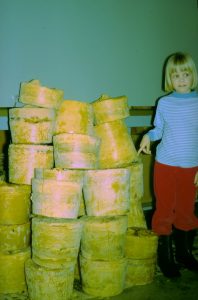
Pam, the beeswax girl
We sold honey at the Portage and Geauga county fairs. Our stand at the Portage County Fair was rather unique. I had designed it to be in the shape of one cell in a honey comb. It was hexagonal in shape with a 3-sided roof that emulated the bottom of a cell. I must have been a frustrated architect in my other life! The whole family participated in building it and operating it at the fairs. We also provided a glass-walled observation hive with live bees.
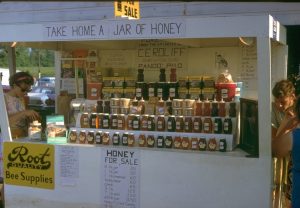
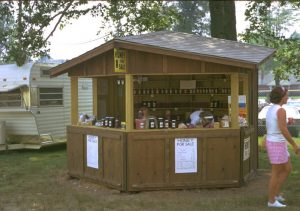
Our honey products at county fairs
As the business grew larger we found that having a store attached to one’s home was a mixed blessing. People came at all hours wanting to do business – it was difficult to refuse them even though store hours had been posted. We could never relax, even on Sundays. There was always a chance that someone would show up at the back door wanting to buy 1/2 pound of honey, or some old codger would want to come in and tell bee stories. I remember one Christmas morning an old farmer walked through our living room with manure on his boots wanting to buy two dollars worth of bee supplies.
We finally had to quit selling honey in people’s containers. It was too time-consuming and inefficient. For example, a gallon jug with a small neck at the top is almost impossible to fill in less than one half hour because the thick honey will only go through the small hole very slowly. Later we packed 5 pound jars or 60 pound cans and sold them at a good price. This worked out much better.
Unlike the larger commercial operations, ours was small enough that we could keep the types of honey separate. This also added to the market appeal.

L to R: Goldenrod, Clover, Spring wildflower
I’m sure everyone has heard many folk tales and war stories about bees and honey. Some claimed that honey mixed with vinegar would cure everything from ingrown toenails on up. We never argued with anyone about this, but smiled, nodded, and sold them some honey. I did notice that if I cut my finger while extracting, my hands were often sticky with honey and the cut seemed to heal very quickly.
At times someone would come in and say, “Bees won’t sting my uncle ( or grandfather, or…).”
I would tell them, “You bring your uncle over and I promise I will get him eaten alive”.
The truth is that if you can pick the day and conditions, most bees are very gentle and can be handled easily – even without gloves. If you try the same thing on a cold day or right after a rain (or try to move them in a truck), the bees are much harder to handle, and will come out of the hive and attack like mad marines! Also some hives are meaner than others. We only put up with a few of these because they usually made the most honey.
One of the favorite questions asked of me, “Do you ever get stung?”
Well, YES! That is part of the deal. On warm, sunny days I could examine over one hundred hives with bare hands and only get 2 or 3 stings. It was usually my fault because I had accidentally pinched one of the little devils. On days when the weather was bad and all the little guys were home with nothing to do I might get 10 or more stings.
After getting a few stings in the spring I became immune to the swelling and 5 minutes later couldn’t tell where I had been stung . Don’t get me wrong, it always hurt, but there were no after effects. Where it hurt me the most was getting stung on the end of my nose.
One day a person came into the store and declared, “One of your bees stung me yesterday”.
I replied, “Show me which one it was and I will punish it”.
Most people who get stung are not stung by a honeybee, but by a yellow jacket or hornet. These are not bees, but a type of wasp. Honeybees, however, usually get the blame.
One night in late summer I was out in Western Ohio alone. I had 30 hives to load and bring back to Portage County. It was very dark and very hot and very late, and I was having trouble getting the bees to go into the hives – they wanted to cluster on the outside. The bees were in a bad mood and one hit my veil. Her stinger must have been extended because the venom went through the veil and splashed into my eyes. This caused them to water so badly that I couldn’t see, and I still had to load the hives and drive 150 miles. Not being able to see any way out of this I just lay on the ground feeling sorry for myself until my eyes cleared – about an hour later. I finally got the bees loaded and back to Portage County but I was so whacked out that I just parked the truck with the bees still on it and went home to bed. I didn’t worry about theft because I knew that no one was going to steal a truck load of mad bees.
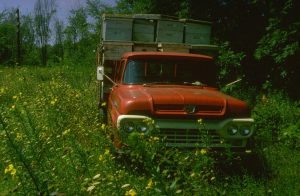
Later I returned, unloaded the truck, and all was well.
I retired from the bee business in the mid-80’s. My son Chris ran the operation for a few more years.
Due to urbanization, increased use of pesticides, changes in agriculture, and importation of bee parasites and viruses, it soon became apparent that trying to produce honey for profit in this area was no longer practical. Keeping a few colonies is still a great hobby. Also, some beekeepers make a living doing orchard pollination, but that is a different field with different equipment and techniques.
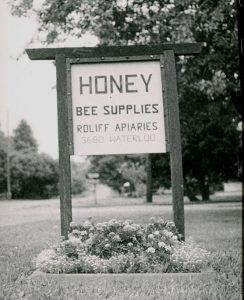
MORE PHOTOS HERE
